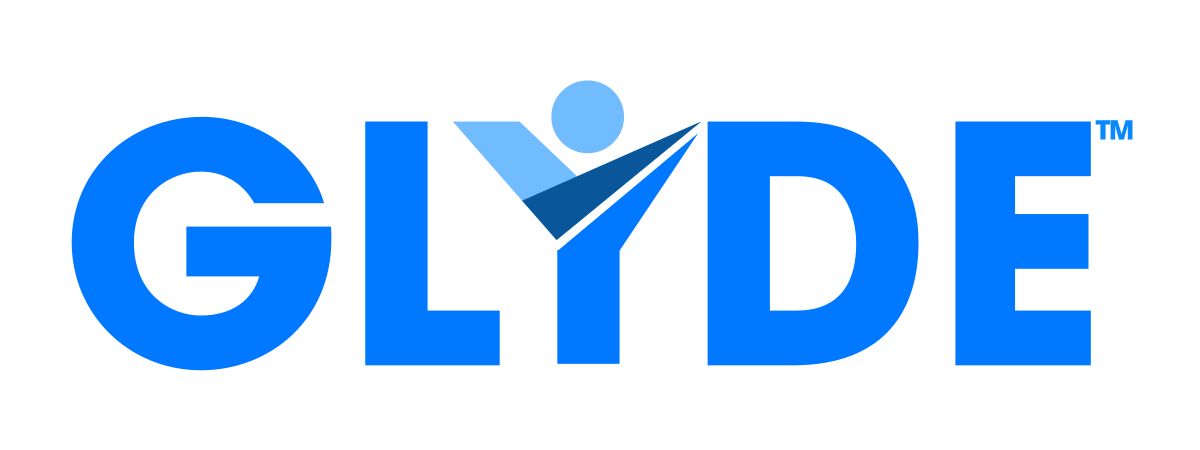Artificial intelligence (AI) promises to transform recruiting, but its capabilities have a jagged frontier. Certain tasks may see large performance gains from AI while others face pitfalls. As a talent leader, how can you safely harness AI to enhance your team? Does AI replace humans or augment them? This post explores an insightful study on AI’s uneven effects and key considerations on integrating AI into recruiting.
A team of researchers from Harvard & MIT recently conducted field experiments with over 700 BCG management consultants using AI on realistic tasks. They found AI significantly increased productivity and quality, but only on tasks within its current capabilities. On a creative product development task, consultants with AI access completed 12% more subtasks and 25% faster while producing 40% higher quality work. However, on a nuanced business analysis task designed to be challenging for AI, consultants overly relied on incorrect AI outputs, leading to worse outcomes.
Likewise, when it comes to assessing soft skills, cultural fit, and intangibles beyond just qualifications AI still falls short. Overrelying on AI assessments here would be a costly mistake. As the technology evolves, this frontier will likely expand, but tasks like these requiring human judgment will remain.
This “jagged frontier” has important implications for recruiting.
Certain administrative tasks like scheduling interviews and reviewing candidate applications from job sites play to AI strengths today.
AI tools like Glyde Talent can streamline these processes, freeing up recruiters’ time for the higher judgment tasks that need human input.
However hiring decisions that require synthesizing complex information like work samples, references, interview performance, gut feel, etc are still the preserve of human recruiters.
Likewise evaluating candidates for very senior roles where judgment, leadership experience, and strategic thinking are critical is an area where AI will need to significantly advance.
Reduced variability and novelty
The study also found AI reduced variability and novelty, with consultants generating more homogeneous ideas. This aligns with concerns about AI bias leading to less diverse candidate slates. Firms must proactively address this issue through training, audits, and potentially using multiple AI models. Diversity should not be sacrificed in the name of efficiency.
So how can leaders harness AI’s advantages while navigating its limitations? The researchers found the most successful consultants developed fluid human-AI collaboration styles. Some acted as “Centaurs,” strategically dividing tasks between human and machine strengths. Others became “Cyborgs,” tightly integrating with AI to accomplish subtasks.
Centaur Recruiters…
Instead of wholesale replacement, leaders should empower recruiters to become “Centaur Recruiters.”AI can handle high-volume administrative tasks, freeing them to focus on high-touch evaluation and selling. “Cyborg Sourcers” can partner with AI, rapidly iterating to find promising candidates. Both models maintain human oversight for unbiased hiring.
Of course, AI automation will impact resourcing models. As the frontier expands, certain repetitive tasks will require fewer junior recruiters. But for the foreseeable future, expert recruiters adept at AI collaboration will remain invaluable. AI is not a substitute for human judgment, emotional intelligence, and cross-cultural competency.
When it comes to augmentation leaders must invest in change management and training to smoothly integrate AI. Recruiters will need support in developing Centaur and Cyborg collaboration skills. Expectations must be set appropriately – it takes times to master this human-AI symbiosis. But once harnessed properly, AI can elevate the strategic impact of recruiting.
The jagged frontier creates unease about AI’s broad impact. But recruitment need not be a zero-sum game between humans and machines. AI should enable professionals to focus on where they add greatest value – building diverse talent pipelines, assessing candidates, and advising hiring managers. Savvy integration of minds and machines can unlock recruiting’s full potential.
With care, foresight and training, recruitment can avoid AI’s pitfalls and harness its productivity gains. As the famous management guru, Peter Drucker, wisely said, “The best way to predict the future is to create it.” Leaders embracing this mindset have an opportunity to shape a bright future for augmented recruiting.
Where does your organization stand currently?
Audit your team’s tasks and workflows. Which show potential for AI gains? Where might overreliance pose risks? How could Centaur and Cyborg models create value? Get creative in envisioning partnerships between AI tools and recruiting pros. With wisdom and imagination, you can navigate the jagged frontier to take your team’s performance to new heights.
The expertise tasks that depend most on human perspective, discretion, and accountability would likely still remain outside the capabilities frontier for AI like GPT-4 today. But standardized, rules-based tasks relying on structured data may be largely automatable.
Automation versus Augmentation…
I think we will also start to see even more separation of recruitment activities, similar to what we have seen in sales, in order to take advantage of the ability to fully automate versus augment certain tasks with AI. This divergence will lead to specialized SaaS offerings – some that replace recruiter time by automating tasks end-to-end with AI, and others that increase recruiters’ output by providing AI augmentation. We’ll tackle this discussion in another post.
As an aside on the topic of augmentation, I’m just back from Staffing World in Charlotte. I came across some really interesting AI “augmentation” tools for sourcing actvities, DM me if you are looking to increase the performance of your sourcing teams and I’ll be happy to make an introduction.

